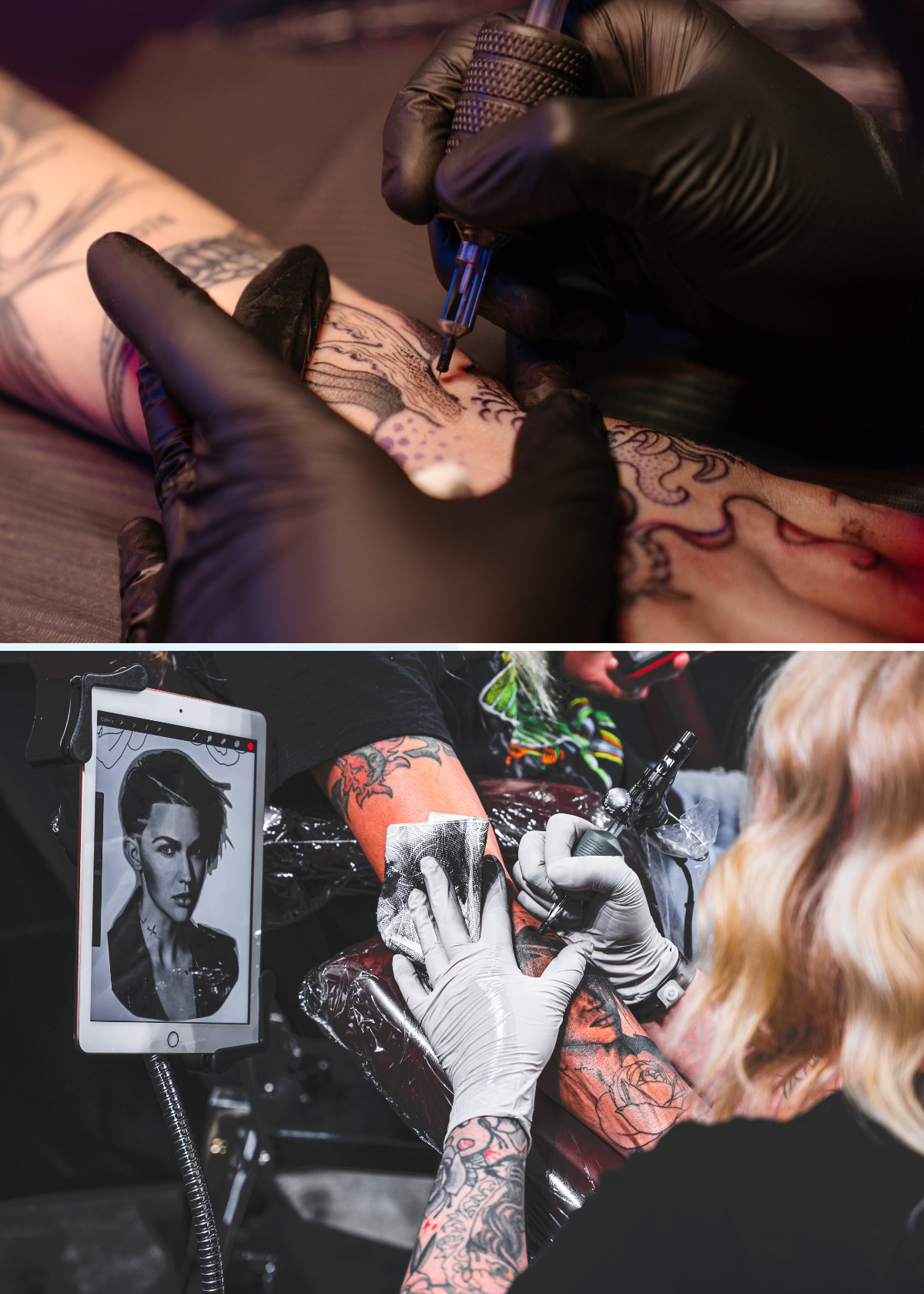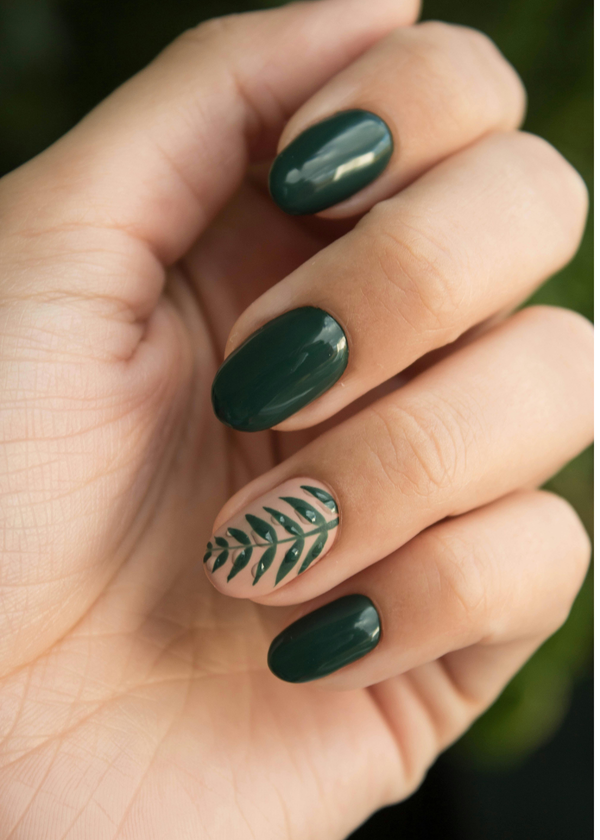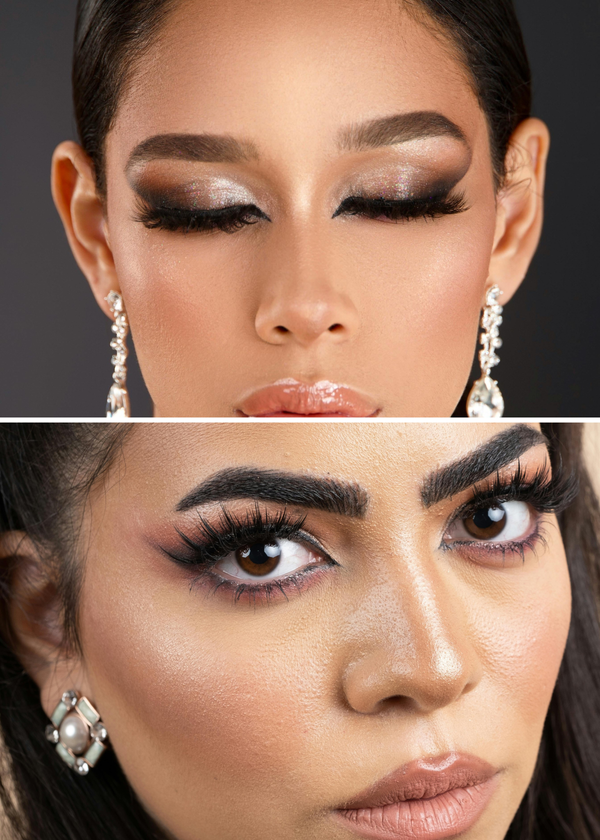The art of tattooing has been practiced for centuries, and modern technology has revolutionized the way tattoo artists work.
One such innovation is tattoo stencil paper, a specialized type of transfer paper used to transfer a tattoo design onto the skin before the inking process.
Many aspiring tattoo artists wonder if they can use tattoo stencil paper in a regular printer as a cost-effective alternative. In this article, we will delve into the possibilities and limitations of using tattoo stencil paper in a regular printer.
Understanding Tattoo Stencil Paper:
Tattoo stencil paper, also known as transfer paper or carbon paper, is an essential tool in the tattooing process. It allows artists to create precise outlines of their designs on the client's skin, ensuring accuracy and reducing the risk of mistakes during tattooing.
The traditional method of transferring a tattoo design involves drawing the stencil by hand. However, this can be time-consuming and requires a high level of artistic skill. Tattoo stencil paper simplifies the process by transferring the design from a printed image onto the skin.
Types of Tattoo Stencil Paper:
There are mainly two types of tattoo stencil paper:
- Thermal Tattoo Stencil Paper: This type of stencil paper uses a thermal printer to transfer the design. The printer heats up and activates the special layer of the stencil paper, allowing the ink to transfer onto the skin when pressure is applied.
- Hectograph Tattoo Stencil Paper: Hectograph stencil paper is a non-thermal option that relies on a different method. It requires the use of transfer cream or deodorant to transfer the image from the paper to the skin.
The Possibility of Using Tattoo Stencil Paper in a Regular Printer:
The idea of using regular printer paper for tattoo stencils might seem tempting due to its availability and affordability. However, it's essential to understand that traditional tattoo stencil paper is different from standard printer paper in terms of its composition and transfer capabilities.
- Paper Composition: Tattoo stencil paper has a specialized coating that allows the ink to transfer smoothly from the paper to the skin. Regular printer paper lacks this coating, which means the ink will not adhere to the skin when used for tattoo stencils.
- Printer Compatibility: Most tattoo stencil papers are designed for use with specific thermal printers or hectograph transfer methods. Standard home printers do not have the heat or pressure necessary to transfer the ink onto the skin effectively.
- Quality and Precision: Tattoo artists rely on the precise transfer of their designs to create detailed and accurate tattoos. Attempting to use regular printer paper could lead to smudging, blurred lines, or incomplete transfers, compromising the final tattoo's quality.
Alternative Methods for Tattoo Stencils:
While using regular printer paper for tattoo stencils is not recommended, there are alternative methods that aspiring tattoo artists can explore:
- Hand Drawing: The traditional method of hand-drawing the stencil allows artists to create custom designs and gives them complete control over the process. This approach may take more time and skill, but it ensures the best results.
- Stencil Transfer Machines: Some tattoo artists use specialized stencil transfer machines that can generate stencils from digital images. These machines work with thermal printers and compatible stencil paper, ensuring precise transfers.
- Transfer Cream or Deodorant: For those using hectograph stencil paper, transfer creams or deodorants can be used to transfer the design from the paper to the skin. This method requires practice to achieve clean transfers.
Conclusion:
In conclusion, using tattoo stencil paper in a regular printer is not a viable option for creating tattoo stencils. The specialized coating and printer compatibility of tattoo stencil paper are essential for precise and reliable transfers onto the skin. Tattoo artists should rely on traditional hand-drawn methods or invest in stencil transfer machines to ensure the best results for their clients.
While the allure of using a regular printer for cost-saving purposes may be tempting, compromising the quality and accuracy of tattoo stencils is not worth the risk. Professional tattoo artists should prioritize the proper tools and techniques to provide their clients with exceptional tattoos and a positive experience throughout the process.
Tap the GREEN Button Below to see the Top Tattoo Stencil Printers.
Thanks for Techin-IN!
Becky.








